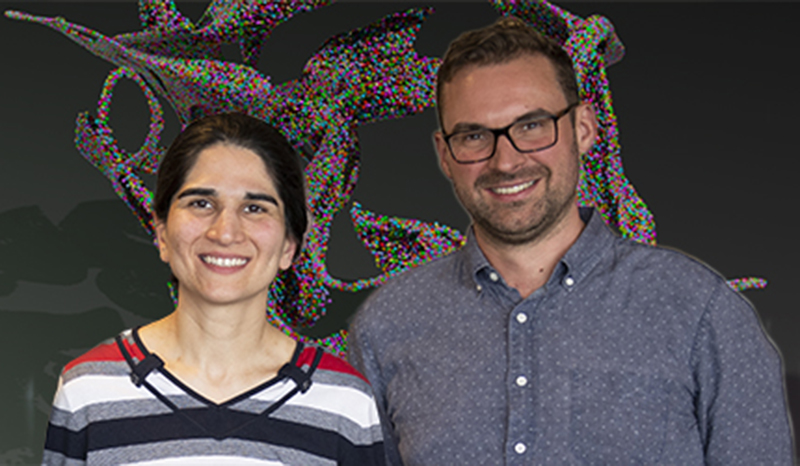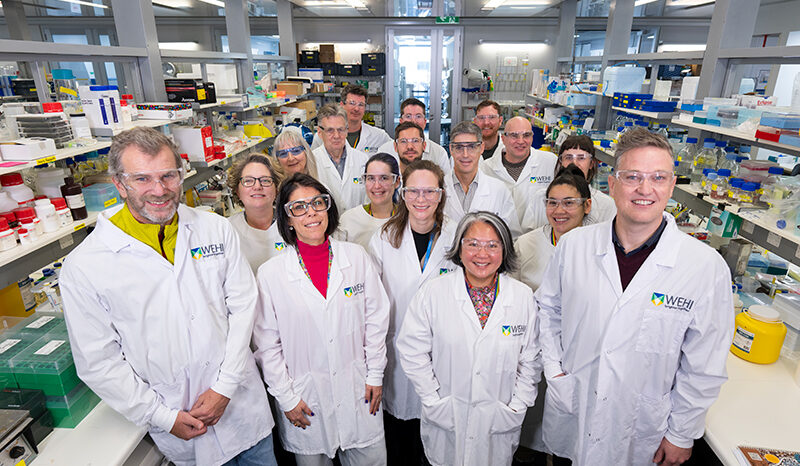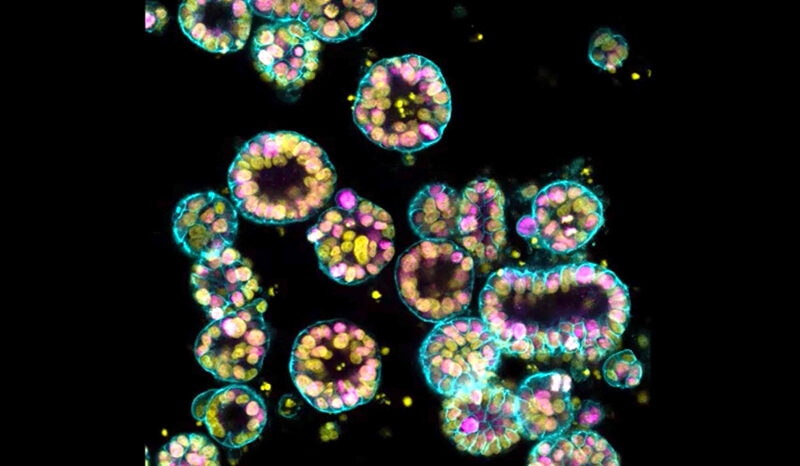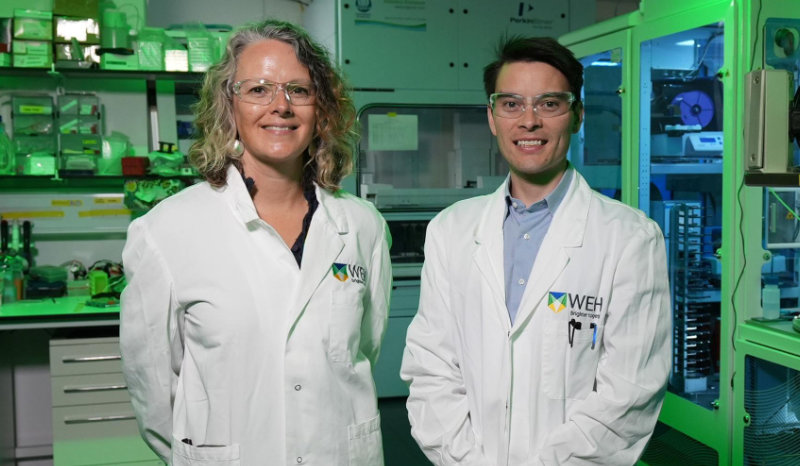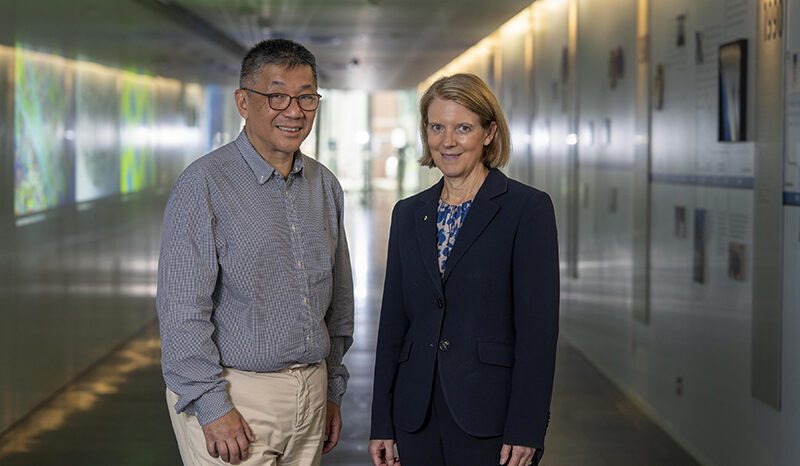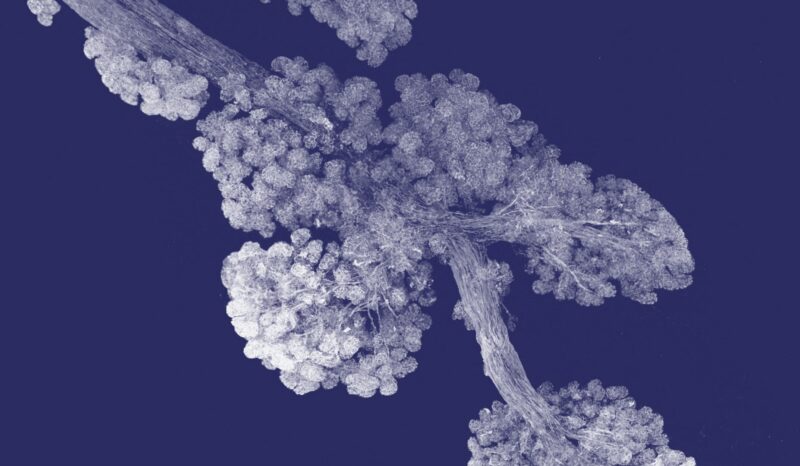Marjan:
My PhD is in computer science, but as a postdoctoral fellow I had the opportunity to work at a research institute in Germany analysing X-ray crystallography data.
It was a highly multi-disciplinary place and I got to know a little about the potential application of artificial intelligence (AI) in structural biology; that got me interested in designing novel proteins using AI-based methods.
The idea is that if we can create particular proteins, we can tackle medical challenges that are currently impossible, so it widens the horizon for developing treatments for disease.
I heard about the Eve Mahlab awards not long after I joined the imaging lab at WEHI in 2022. These awards fund the most exciting and promising blue sky ideas from WEHI postdoctoral researchers and they’re a fantastic opportunity for us to really dream big.
I asked Kelly Rogers, head of the Centre for Dynamic Imaging, if she knew a structural biologist who might be interested in collaborating and applying for the award, and she suggested Richard.
As it turned out, although we have very different backgrounds, Richard and I share a passion for applying deep learning and AI to structural biology and protein design. I think our different experiences and perspectives are among the things that make this project so interesting and rewarding.
Proteins have a wide range of essential functions in cells and biological systems – they’re involved in everything from cell architecture and movement to signalling and catalysing vital biochemical reactions.
In the structural biology context, “hallucinating” means using AI to imagine proteins that don’t actually exist in nature but could meet specific biological functions if they did.
Designing non-existent proteins is a very complex task and my role is to use state-of-the-art AI and machine learning methods to handle that complexity.
I’m hoping that one outcome of this project will be new AI methods for protein design that will allow us to input multiple parameters, something that’s currently not possible.
We’re also hoping to produce simplified tools for protein design that can be modified and tailored to suit the needs of different biological research projects.
It would be wonderful if our work could help make these simpler approaches more accessible to other researchers, not only at WEHI but in the wider scientific community.
We’re both very grateful to Eve Mahlab and the Mahlab Family for funding our “blue sky” project and to Associate Professors Kelly Rogers, Matt Call and Peter Czabotar for their support.



